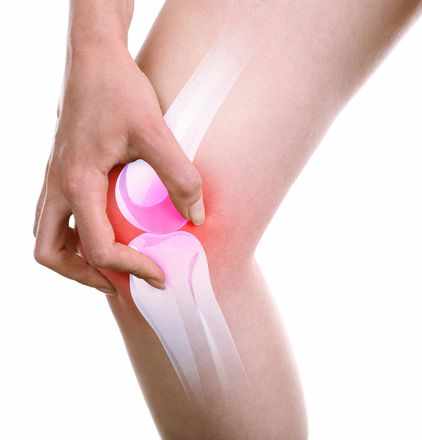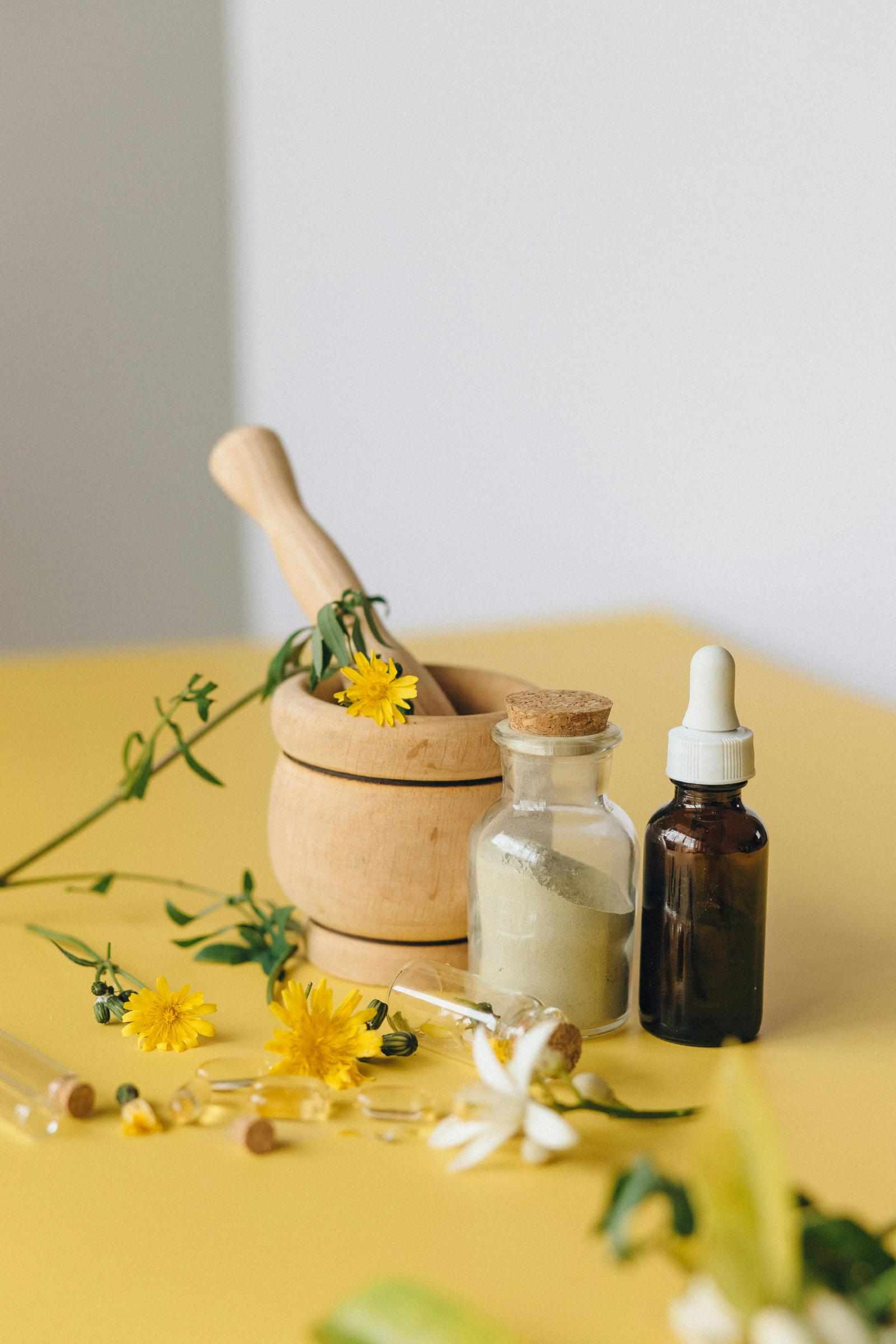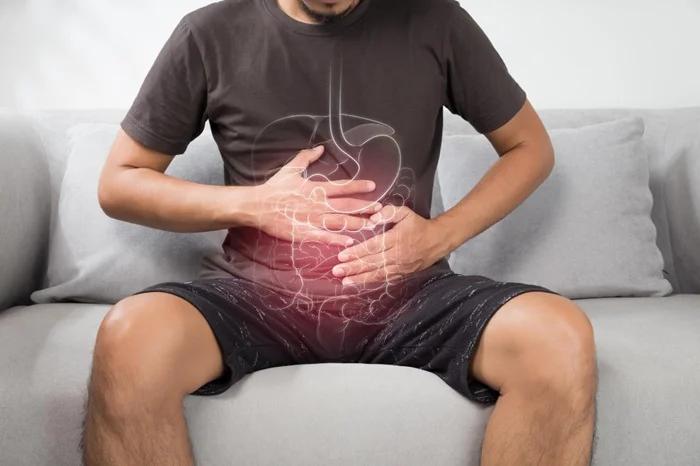
Joint pain—whether caused by arthritis, age, injury, or an autoimmune condition—can greatly affect your quality of life. While many people turn to over-the-counter medications for quick relief, these often fail to address the root cause. Ayurveda, India's time-tested system of holistic medicine, takes a different approach. One of the most powerful tools in Ayurvedic treatment for joint pain is Panchakarma—a series of detoxification therapies designed to cleanse the body and restore balance.
Let’s explore how Panchakarma plays a vital role in relieving joint pain naturally and sustainably.
Why Joint Pain Happens in Ayurveda
In Ayurveda, joint pain is most often linked to an imbalance in Vata dosha, which governs movement, dryness, and circulation. When Vata is disturbed, it can result in symptoms like stiffness, cracking, swelling, and pain in the joints. Another major cause is the accumulation of toxins, or ama, which lodge in the joints and obstruct normal function.
Unlike conventional treatments that may only mask symptoms, Ayurvedic treatment for joint pain focuses on eliminating the root cause. Panchakarma is an essential step in this healing journey.
What Is Panchakarma?
Panchakarma translates to "five cleansing actions" and refers to a series of therapeutic procedures that detoxify the body at a deep level. These therapies include:
Vamana – Controlled therapeutic vomiting to clear upper digestive toxins.
Virechana – Herbal purgation to cleanse the intestines and liver.
Basti – Medicated enemas using herbal oils or decoctions, ideal for balancing Vata.
Nasya – Nasal therapy to clear toxins from the head and sinuses.
Raktamokshana – Blood purification used in specific inflammatory conditions (applied selectively).
Each therapy is selected based on the individual's constitution (prakriti), severity of the joint condition, and overall health.
How Panchakarma Supports Ayurvedic Treatment for Joint Pain
Here’s how Panchakarma contributes to joint pain relief:
1. Eliminates Deep-Seated Toxins
Toxins can accumulate in joint tissues, leading to chronic inflammation. Panchakarma clears these impurities, especially through therapies like Basti and Virechana, paving the way for healing.
2. Restores Dosha Balance
Since joint disorders are primarily Vata-related, therapies like Basti (oil enemas) directly soothe and balance Vata, improving joint lubrication and flexibility.
3. Reduces Inflammation and Swelling
Cleansing the liver and gut through Virechana helps lower systemic inflammation, reducing pain and stiffness in the joints.
4. Boosts Nutrient Absorption
After Panchakarma, the body is better able to absorb Ayurvedic herbs like Guggulu, Shallaki, and Ashwagandha, which have strong anti-inflammatory and regenerative properties.
5. Rejuvenates Musculoskeletal Tissues
Panchakarma not only removes what’s harmful but also nourishes the tissues, promoting long-term joint strength and resilience.
Panchakarma at Arogyadham Health & Wellness
At Arogyadham Health & Wellness, we specialize in personalized Ayurvedic therapies for joint care. Our Panchakarma programs are tailored to each individual after a thorough consultation. Every step—from oil selection to detox therapies—is guided by trained Ayurvedic doctors to ensure effective and safe treatment.
We use only high-quality herbal oils and medicines prepared following traditional methods to maximize therapeutic benefit.
If you’re searching for a natural, holistic solution to joint pain, Panchakarma offers more than just temporary relief. It addresses the underlying causes—imbalanced doshas and toxin buildup—making it a key part of any successful Ayurvedic treatment for joint pain.
With expert care at Arogyadham Health & Wellness, you can regain mobility, reduce pain, and feel revitalized—naturally and safely.
















Write a comment ...